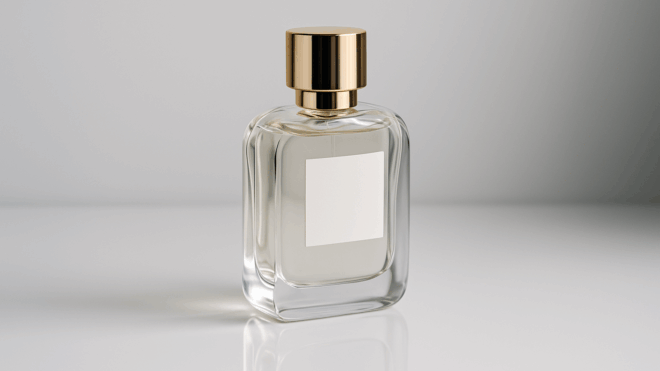Amber Rose is the latest celebrity to join the breast reduction club, which already counts Queen Latifah, Ariel Winter, and Drew Barrymore as members. And while the procedure is far from new, it still doesn't get as much exposure as implants do.
Breast reductions are done for a myriad reasons, both health and aesthetic-related. To get the full picture, we talked to both a plastic surgeon and someone who recently had the procedure done. If you're considering opting for the surgery, be sure to keep these little-known tidbits in mind.
Insurance MAY cover it.
According to Mihye Choi, MD, plastic surgeon at NYU Langone Health, your insurance can cover breast reduction surgery.
"Insurance companies do pay for breast reduction surgery as long as the patient meets the criteria of the individual insurance company," she said.
However, Samantha, 23, had a different experience:
"Insurance was supposed to cover about half of the cost of surgery," she said. "I went to physical therapy for a few months beforehand to prove that the size of my breasts was affecting my life and causing back pain. There were issues with in/out of network coverage deductibles, so they ultimately did not cover anything which we did not find out until after the fact."
If you have large breasts (and your breasts are done growing), you are a good candidate for a breast reduction.
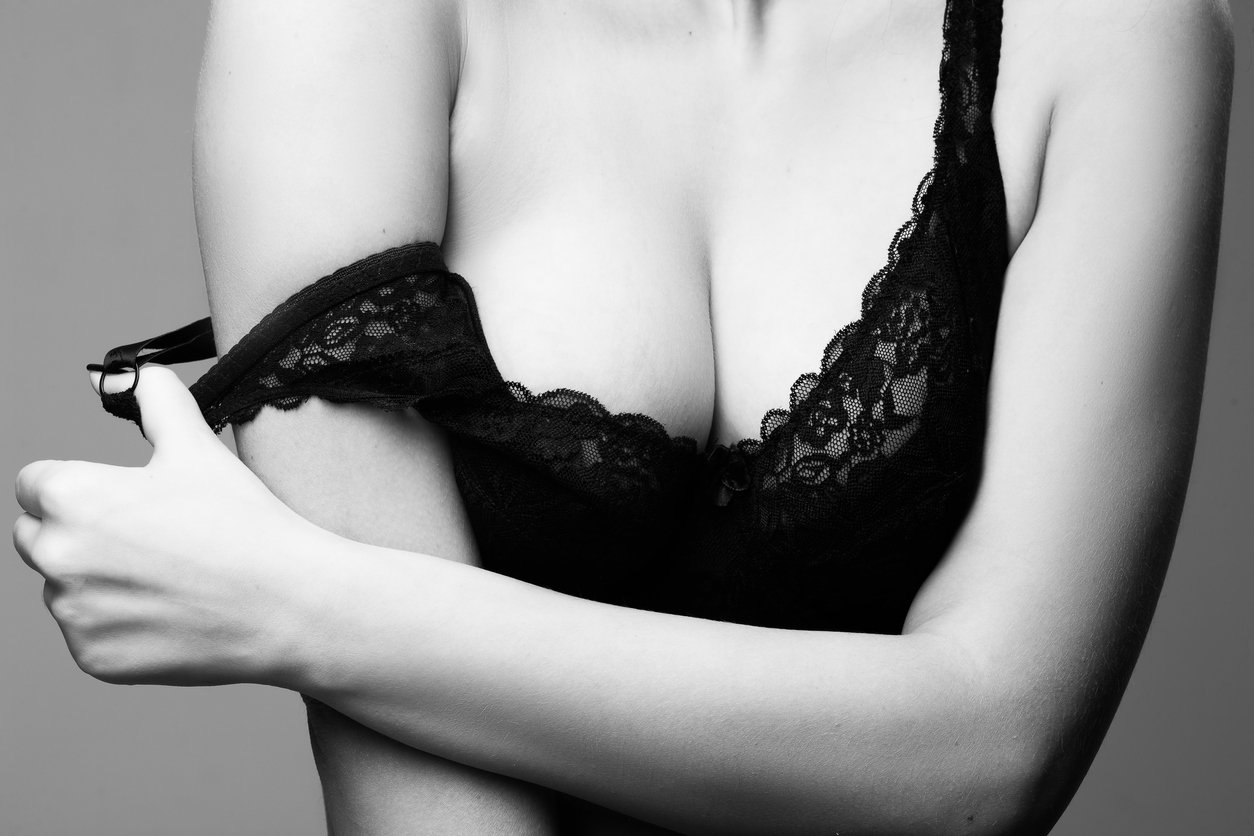
"Any woman who has large breasts and has symptoms is a good candidate," Dr. Choi explained. We usually do not offer reduction to any one who is still growing in breast size or under the age of 15."
Additionally, aesthetics are only one of the many reasons someone might choose to get a breast reduction.
According to Dr. Choi, many of the patients she sees suffer from "severe pain in the back, shoulders, neck, and rashes under the breasts. "
Many also have difficulty exercising, running, playing sports, sleeping, and buying clothes.
You might have to lose weight before the procedure.
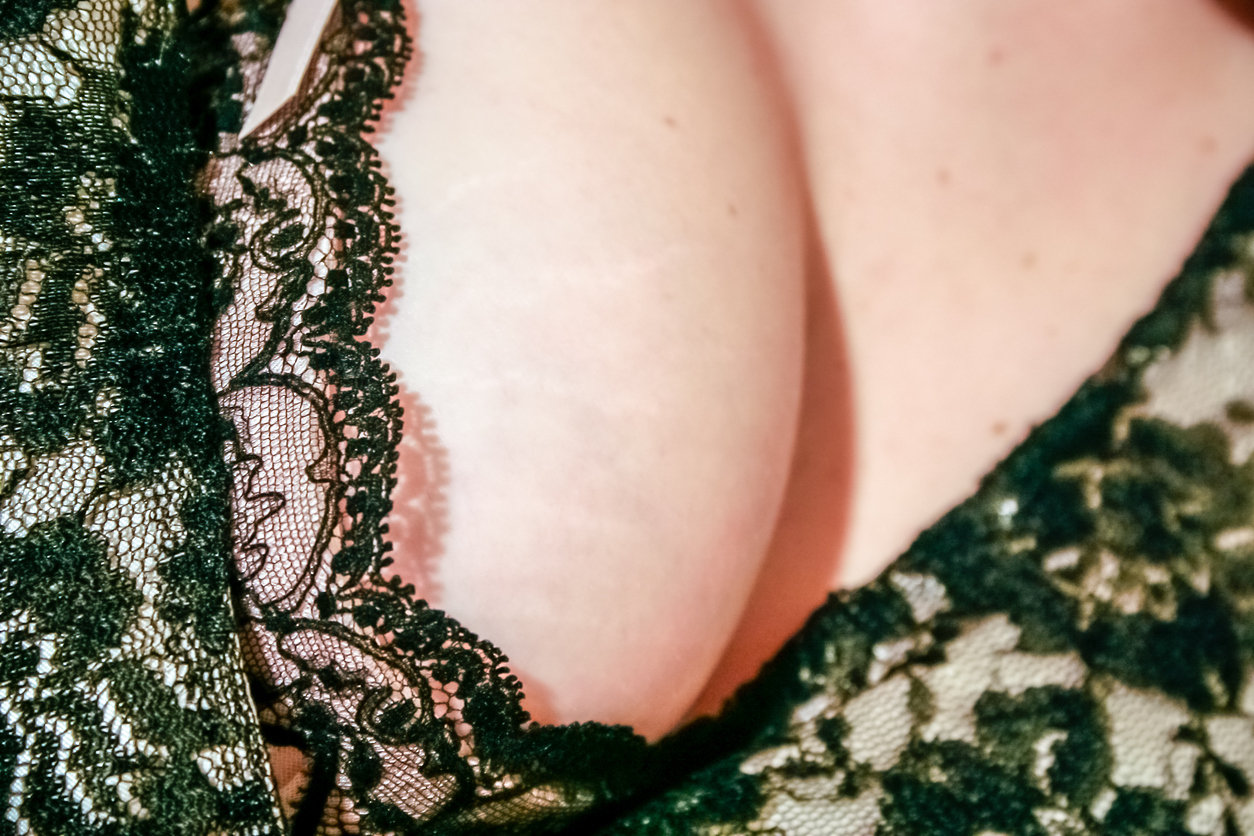
Frank A. Papay, MD, a plastic surgeon with Cleveland Clinic, told Prevention that losing weight is something a physician and a patient should discuss prior to the surgery. Sometimes, you might be asked to lose weight before going under the knife because losing weight might shrink the size of your breasts on its own, no surgery required.
You might have to get additional surgeries.
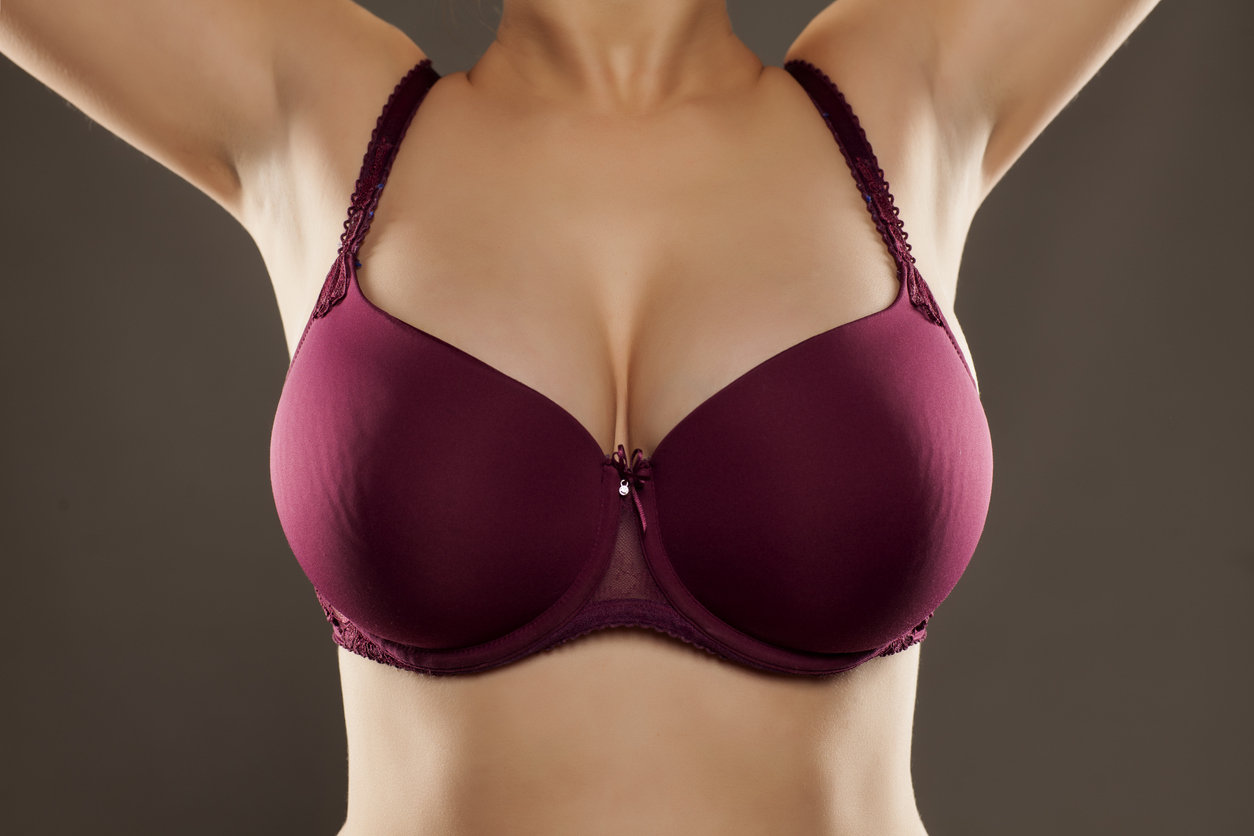
"Along with my technical surgery, I also received liposuction below my armpits, essentially where the band of my bra is, at the suggestion and instruction of my doctor," Samantha revealed.
She also revealed that the pain from the liposuction was actually worse than the pain from her breast reduction.
Your breasts can grow back.
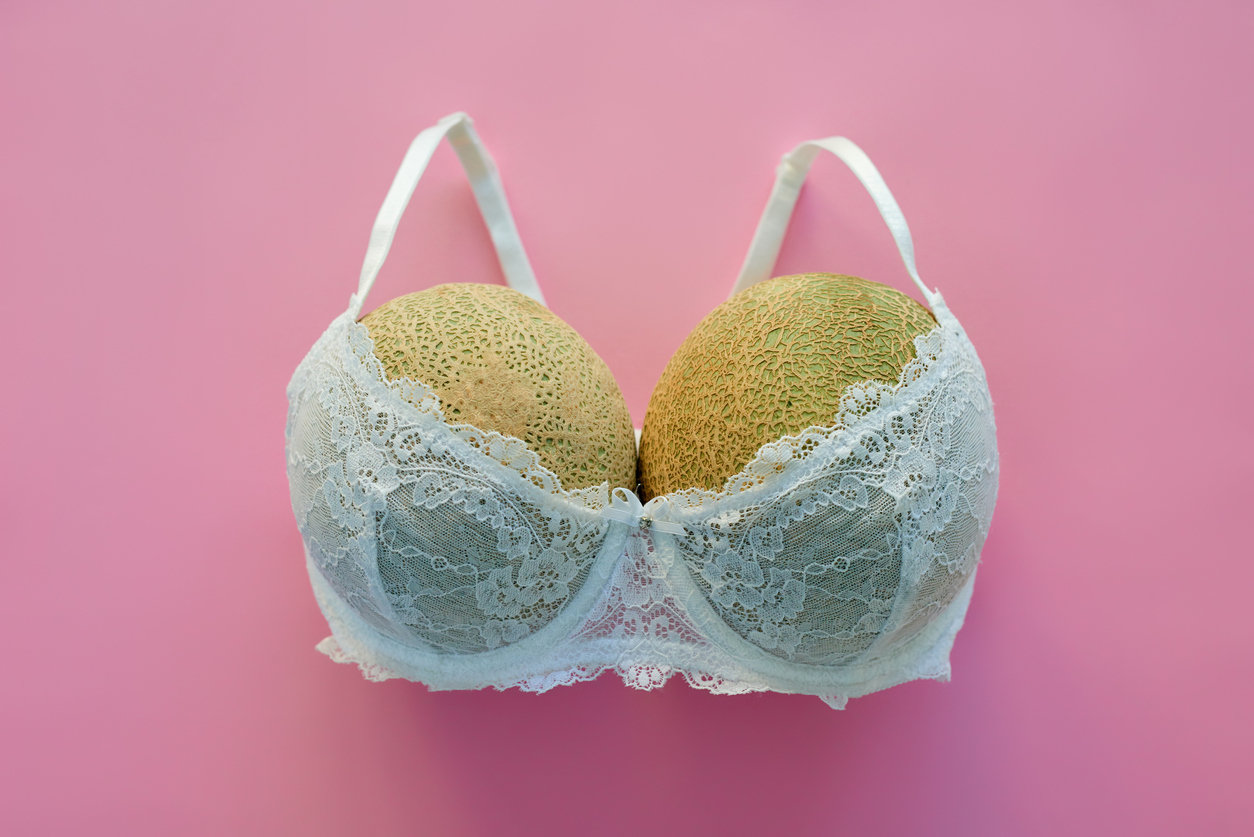
If your weight fluctuates, so will your breasts. According to Dr. Choi, your breasts can grow back if you gain a lot of weight.
You can get the procedure done in the morning and make plans for that night.

You can (practically) get it done over lunchtime! Well, maybe not that quick, but you will be in and out within a few hours.
According to Dr. Choi, the procedure is three hours and you can go home the same day. Samantha's procedure took about four hours.
Recovery can take several weeks.
"Recovery is about two weeks," Dr. Choi explained. "But you have to be careful for four to six weeks after surgery as far as lifting heavy objects, and raising your hands over your head."
Samantha had her surgery right before Christmas, and used her high school break (she was 16 at the time of the procedure) to recover. While she wasn't allowed to wear a backpack or carry heavy books, she described her recovery process as "great," though she had some minor discomfort.
"It took a month or so before I was fully comfortable raising my arms above my head," she clarified. "I received hugs on Christmas day and was fine. That being said, my breasts were so swollen and hard I couldn't feel too much. I had some type of reaction to the stitches used, so I had a rash on my breasts for about two months."
Your nipple sensitivity might change.

Choi explained that if it's a large breast reduction, nipples might lose sensitivity. However, Samantha said she actually gained sensitivity in both her nipples and her breasts.
The scars have silly names.

There are three different kinds of insisions: circles, lollipops, and anchors. A lollipop, aka a vertical reduction, involves two incisions, and is good for moderate reductions and people who have sagging. An anchor has three incisions, and is used for patients that get larger reductions.
"I guess giving scars fun names makes the whole process more fun," Samantha said.
Don't settle on the first doctor you see.
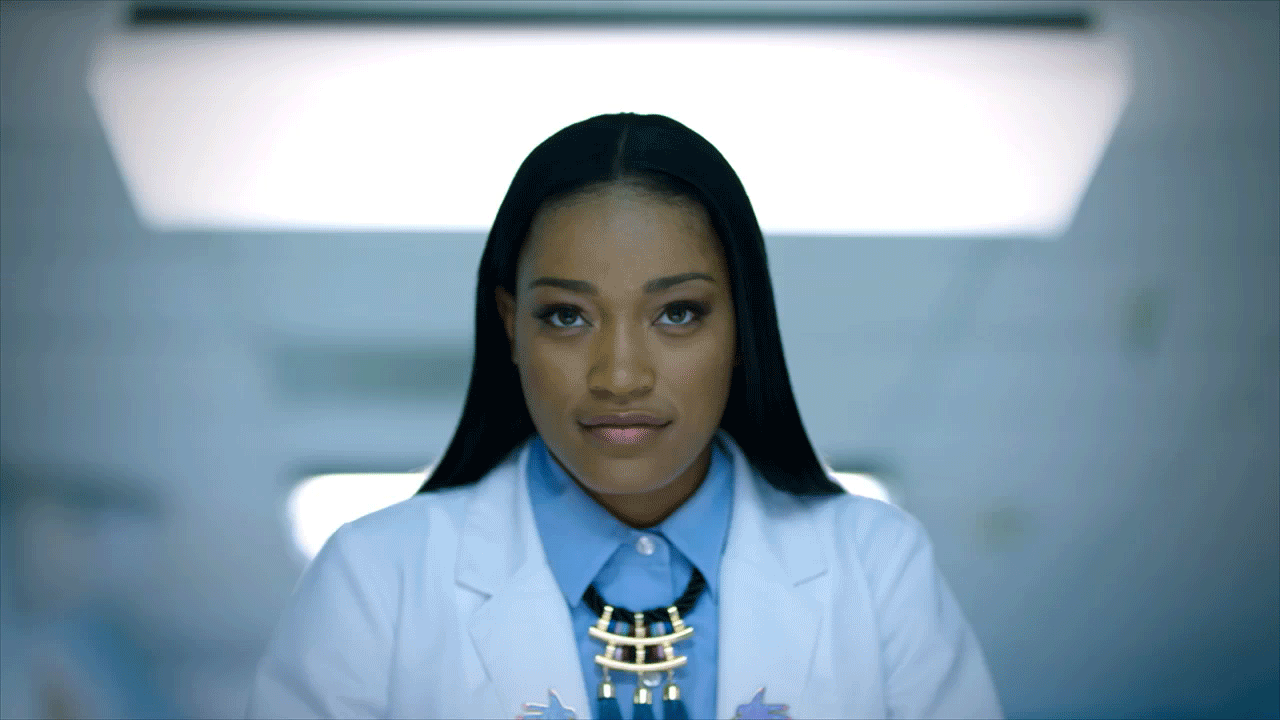
"I went to three different doctors before I settled on one," Samantha said. "I am very lucky to have parents who were able to cover the surgery with the doctor of our choosing. I understand many people do not have this luxury. I also want to clarify that I have friends who have lost sensation and have bad scarring. My surgery personally went very well."
Pro tip? Samantha suggested looking for surgeons who are also artists in their free time.
WATCH: We tried plus-size waist trainers for three days — Subscribe for more!
Subscribe to Revelist on YouTube for a gorgeous life.

